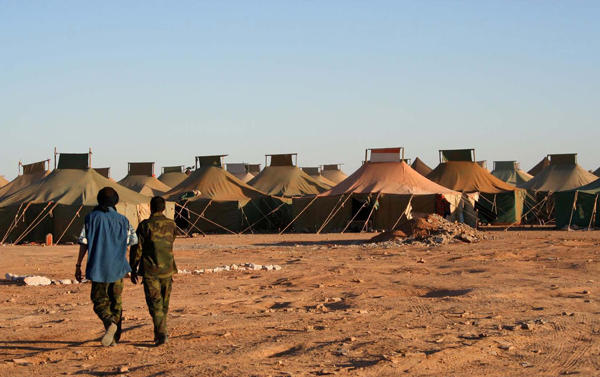Camps 2011

Urban Activities
Refugee camps are mostly planned and assessed in terms of technical parameters: Sizes of plots, number of water taps, and location of health centers, etc., tend to form the basis for camp planning procedures. The phenomenon that refugee camps, originally intended as a temporary response, often transform into (semi-) permanent conditions has been widely written on. On top of this, we can also observe that refugees with a rural background experience camps as a quasi-urban setting, and hence as an urbanizing environment. Thus, in addition to the technical parameters of camp design, an analysis and assessment based on tools of urban research becomes more and more important. Can we look at a refugee camp with similar questions as we have previously dealt with in Nairobi or Basel: How do people live in a camp? How do they work, trade or use the camp environment for learning and education? How are activities of recreation performed and what spaces do the produce? How is the camp connected to its cultural, economic, physical and social environment? In a word: can we introduce an urbanistic vocabulary in the perception of refugee camps? This is not intended to mean that camps are cities, but that they deserve to encompass some or most of the qualities of urban life, yet ready to be dismantled or abandoned, if the opportunity for return or resettlement arises. The refugee camps near Tindouf, housing Sahrawi refugees, offer an ideal situation for studying these processes.
ACTIVITIES:
Living
Working and Administration
Moving and Transport
Shopping and Trade
Learning and Health
Recreation and Leisure

